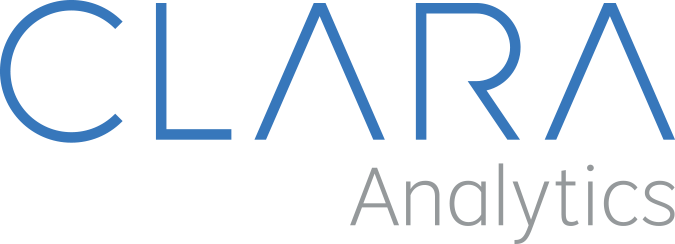A Patient-Centered Approach to Claims
As a physician, I can’t help but view our industry through a distinctly patient-centered lens. Our very reason for existing is to help injured employees get well, ideally to get them back to their pre-injury status in days or weeks. When that’s not achievable, we aim to help each worker get the best possible medical outcome given their unique circumstances.
A strong technology foundation can help deliver that kind of patient-centered experience. At first glance, that may sound contradictory. After all, early efforts to automate human-centered processes in other industries often backfired, creating the impression that efficiency often comes at the cost of poor customer service. In today’s world, though, that doesn’t need to be the case. With the right technology, we can deliver much better outcomes than would otherwise be possible.
As time marches on, we’ve learned what works and what does not. Technology improves. We can apply it in new ways. We can work smarter instead of harder. In the context of claims management, we can empower our people to spot potential concerns in a worker’s case, identify the best providers for specific injuries and ultimately deliver better outcomes for injured workers.
Patient-Centered Thinking
When it comes to workplace injuries, the human element remains absolutely critical. A single incident can profoundly affect a person’s life as well as the lives of their loved ones. It can have a lasting impact ranging from chronic pain to disability, depression and even addiction.
By facilitating better medical outcomes, we can get injured employees back to work faster. We can steer clear of the pernicious traps that can lead a patient into a downward spiral, both medically and psychologically. Better, faster medical outcomes are a win-win for injured workers, for their employers and for insurers and policyholders.
We already know about many of the key factors that influence positive outcomes. When a medical professional is involved early in the process, for example, an employee is more likely to recover quickly. But what about some of the more nuanced factors? What are the ingredients for an optimal patient experience?
Working Smarter
To answer that question, we need to bring greater intelligence to the claims management process. We need to inform and empower the professionals who guide each claim toward a successful conclusion. Today’s technology can help us achieve that. Artificial intelligence (AI) and machine learning give us an edge that we’ve never had before. They help us understand what works and what doesn’t. They help us zero in on the things that matter most by constantly monitoring claims activity and generating customizable alerts for claims managers.
In fact, AI technology isn’t replacing the human element at all. On the contrary, this technology is making it possible to enhance patient care and improve medical outcomes. It’s helping claims professionals to be far more effective.
At Employers, for example, we’re using AI claims management technology from CLARA Analytics to identify the healthcare providers most likely to produce positive outcomes for specific types of patients and injuries. This goes well beyond a “gut feel” assessment; it gives us intensively data-driven recommendations to help identify the best possible provider for each claimant.
The results? When providers are ranked along a five-point scale and matched with specific patients and injuries, the top tier of providers helps workers get back on the job faster, with average medical payments of just over $1,100. Workers treated by providers in the bottom tier average medical costs of over $7,000 per incident. In cases involving indemnity for lost wages, data shows an average of fewer than 30 days of missed work for cases treated by top-tier providers. Injured workers treated by low-performing providers, in contrast, averaged over 570 days of missed work.
AI helps claims managers to be more effective, as well. Consider an example in which a physician’s notes highlight a specific medical complication that could lead to the patient’s prolonged absence from work. For a claims manager tasked with poring through mountains of medical records, injury reports and other documentation, that kind of detail can sometimes slip through the cracks. AI can spot meaningful information virtually the moment it becomes available, then bring it to the attention of an experienced claims manager.
Patient-Centered Care at Scale
This is good news for everyone involved. The even better news is that this works well at scale. AI helps us improve outcomes for injured workers, including those whose cases aren’t managed proactively by their employer. My organization frequently works with very small businesses that generally don’t have the resources to support comprehensive risk management programs. AI enables us to provide a level of high-touch care that employees at these companies would not otherwise receive.
If you ask the average person on the street about the societal impact of AI, you’re likely to hear concerns about the dehumanizing effects of technology and the replacement of workers by intelligent machines. The reality is far different. Properly applied, AI produces better medical outcomes, gets employees back to work faster, reduces litigation risk and lowers the costs associated with claims.
As a physician, that’s something I can feel good about.
About the Author
Dwight L. Robertson, M.D., is vice president, managed care and national medical director at EMPLOYERS, America’s small business insurance specialist®. Dr. Robertson has over 30 years of experience in various leadership roles, including chief medical officer and top managed care positions at Travelers, AIG, Coventry, Zenith National Insurance and MSC Group, Inc. Dr. Robertson holds an M.D. from the Duke University School of Medicine as well as an M.A. in public policy from Duke University.
Article first published on WorkCompWire.




